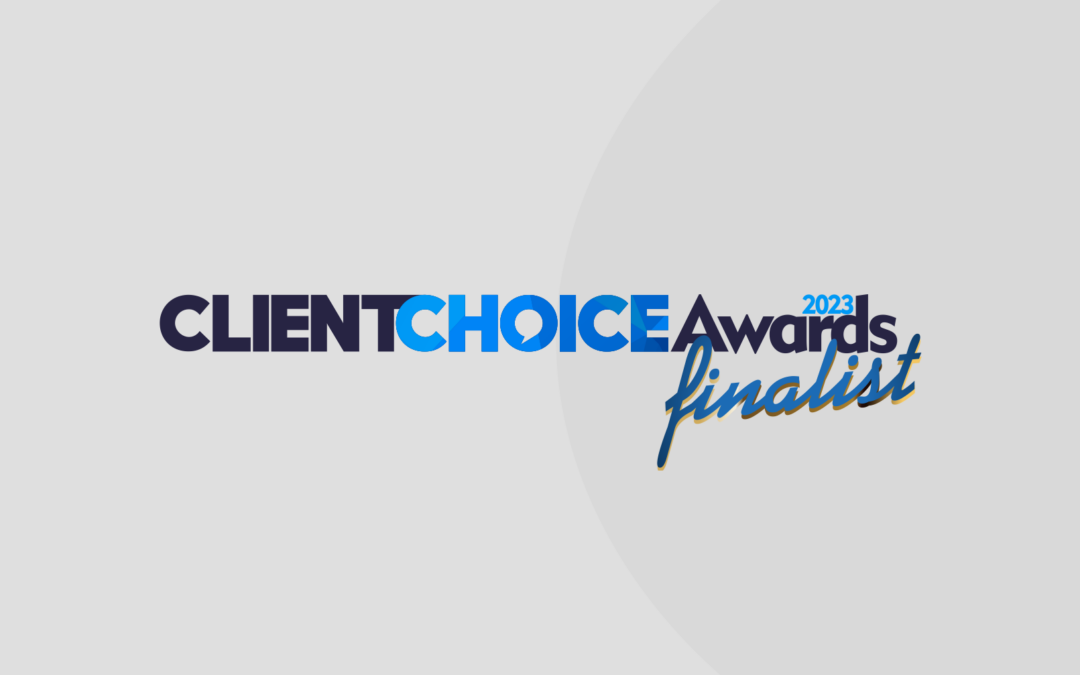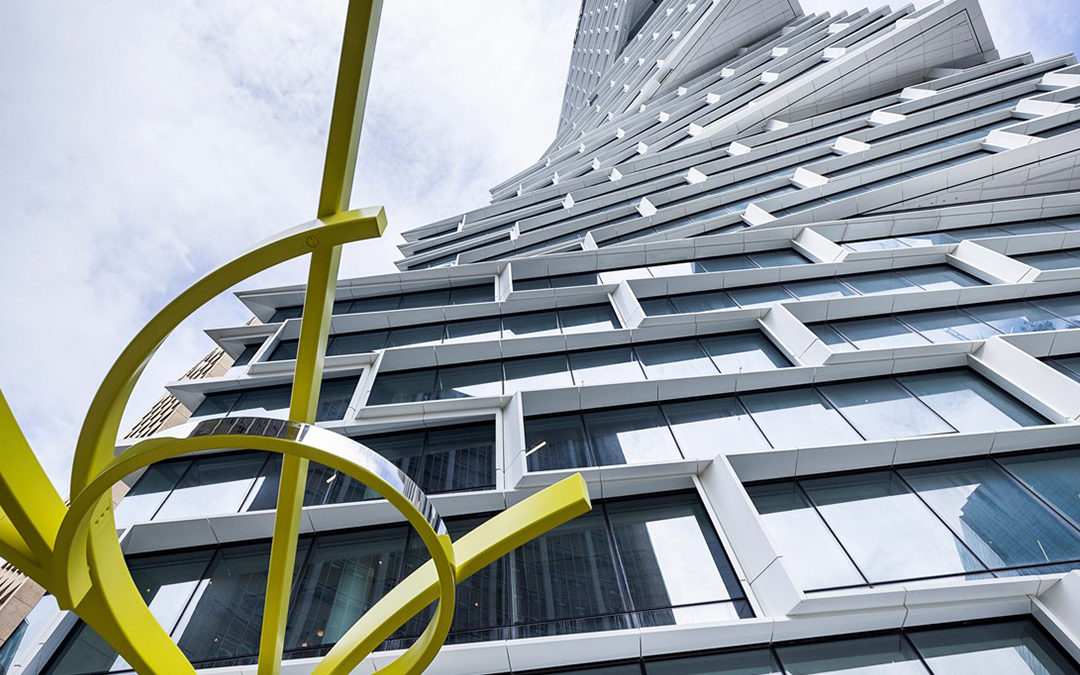Today, as economies re-open, snap lockdowns become the norm and employees return to workplaces, it’s timely to explore, “Is flexible working Business As Usual (BAU) and are all employees comfortable with it?”
McKinsey Co undertook a study about the future of work and some of the key findings are below:
Remote working drives increased productivity, among highly-skilled workers;
- More than 41 per cent of highly-skilled workers are happiest with a hybrid model (working remotely three
days per week); - More than 38 per cent of highly-skilled workers experimented with and continue to use, new technologies
and methods to collaborate virtually; and - When working remotely, job satisfaction for highly-skilled workers is hugely dependent upon their
physical, spatial and interpersonal context.
At BG&E, we are committed to flexible working and part of our continuous improvement includes checking-in with our people about their experience and engagement.
We recently spoke with two Graduate Engineers, in Melbourne, about their experience and preferences, regarding remote working.
Dorsa Shaban and Alexandra (Alex) Andrianopoulos joined BG&E in late 2020, a time when restrictions across Australia’s most COVID-19-impacted city were easing. Similar to their more experienced colleagues, Dorsa and Alex worked from home five days per week and gradually returned to the office in the new year.
While working from home provided the freedom to work autonomously, Dorsa and Alex share the opinion, that based on their level of experience, the benefits of working from home do not outweigh the challenges.
They missed the face-to-face interaction with peers, the informal ‘tap on the shoulder’ questions, learning by osmosis from other professionals around them and the opportunity to consult their more senior colleagues (to seek guidance, ask questions and/or submit ideas).
Dorsa says, “This is my first full-time role and while I’m pro-active and energetic, it was difficult to demonstrate those attributes when I was working from home. I enjoyed the tasks I was responsible for and the great Transport projects that I contributed to, but I was often conscious of the impression that I was making. I was also learning 12D Modelling (BIM, Drainage Design and Clash Detection) and had to troubleshoot several connectivity issues, in addition to learning a new application.”
Dorsa’s home office was a shared study with her sister who is a high school student, which made it difficult to engage and openly participate in Teams’ meetings.
Alex adds, “My experience mirrors Dorsa’s. I thoroughly enjoyed the work I was doing and contributing to various Transport projects, from bridges to traffic planning, but I missed interacting with my team and the on-the-job coaching that I previously received. Early in your career it’s important to be able to ask questions and observe how your peers work, and there’s limited opportunities for that when you work remotely.”
Alex’s home office was also not fit-for-purpose, as it was a sibling’s bedroom which had limited space and less than desirable lighting. When given the option to return to the office full-time, Dorsa and Alex jumped at the opportunity and since then their professional development has soared. The excitement in their voice reached fever pitch, when they spoke about the ease and frequency of engaging with their managers, as well as the endless opportunities to connect with other colleagues at BG&E.
When asked, “What would you change when you’re working from home in the future?” Dorsa and Alex suggested they would create a home office that is more functional and a daily routine that includes breaks (as they do in the office) to recharge/refocus.
This feedback aligns with the findings from McKinsey, “Job satisfaction for highly-skilled workers is hugely dependent upon their physical, spatial and interpersonal context.”
Thanks to Dorsa and Alex for your candour and to their managers, Denham Alphonso, Principal – Civil and Colin Morrow, Principal – Bridges, for providing excellent on-the-job coaching and mentoring for tomorrow’s leaders.
As we collectively embrace flexible working, we need to simultaneously pause and be mindful of the varied impacts on our talented workforce.


